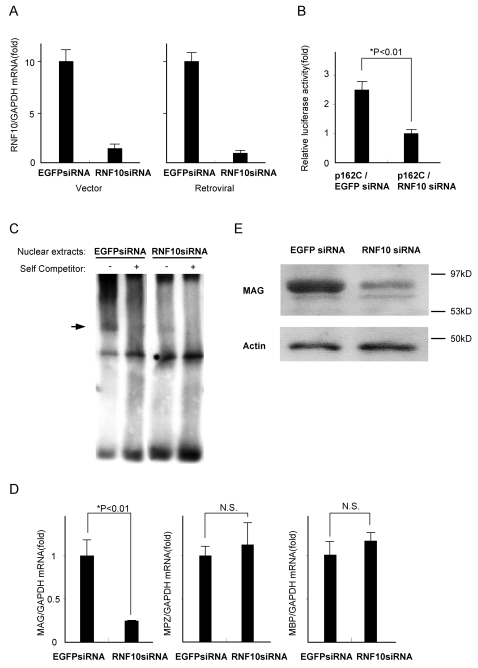Figure 4. Specific silencing of the RNF10 gene with RNF10 siRNA in Schwann cells.
(A) Schwann cells were transfected with either RNF10 siRNA or control EGFP siRNA expression vector. At 48 h after transfection, quantitative RT-PCR analysis showed that the relative RNF10 mRNA levels in the RNF10 siRNA-treated cells had reduced to 10% of that in the control EGFP siRNA-treated cells (left). Retroviral siRNA showed approximately the same results (right). (B) Downregulation of MAG promoter activity by RNF10 siRNA. Schwann cells were cotransfected with a MAG-promoter-LUC containing tandem SSE and RNF10 vector or control EGFP siRNA expression vector. Luciferase activity was measured 48 h posttransfection. RNF10 siRNA suppressed the promoter activity to 40% of that in the control cells. (C) EMSA using Retrovirus-mediated RNF10 siRNA Schwann cells. Schwann cells were stably transfected with a retrovirus-based RNF10 siRNA and control EGFP siRNA. Nuclear extracts were used for the EMSA with a WT probe. DNA-protein complex was observed with the control nuclear extract (arrow), while the nuclear proteins of RNF10 siRNA Schwann cells could not form a DNA-protein complex. (D) Schwann cells were infected with a retrovirus expressing RNF10 siRNA or control EGFP siRNA, selected in puromycin, and analyzed for the expression of MAG by quantitative RT-PCR analysis. Retrovirus-mediated RNF10 siRNA specifically reduced the MAG mRNA expression levels to 25% of that in the control. No difference was observed in the mRNA levels of MPZ and MBP between the RNF10 siRNA-treated and control cells. (E) Western blotting using an anti-MAG or anti-actin antibody of Schwann cells infected with either control EGFP siRNA or RNF10 siRNA-expressing retrovirus. RNF10 siRNA markedly reduced the MAG protein expression in Schwann cells. *p<0.01; Student's t test. Error bars show mean±SD.

